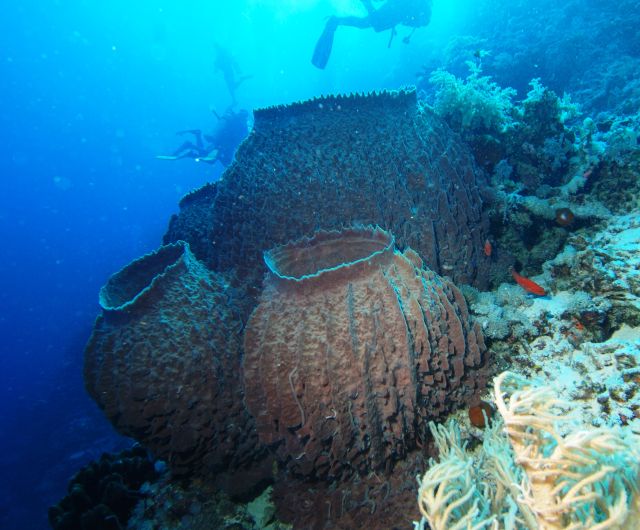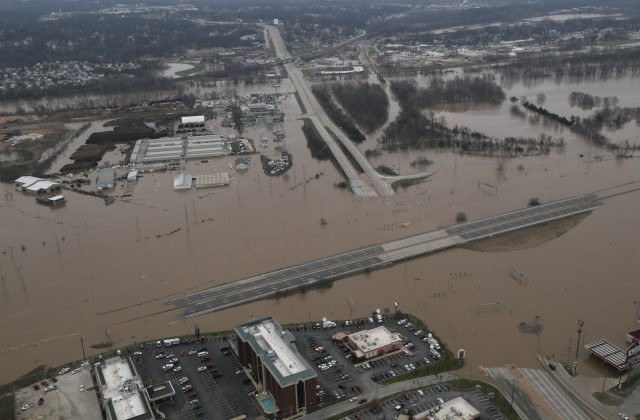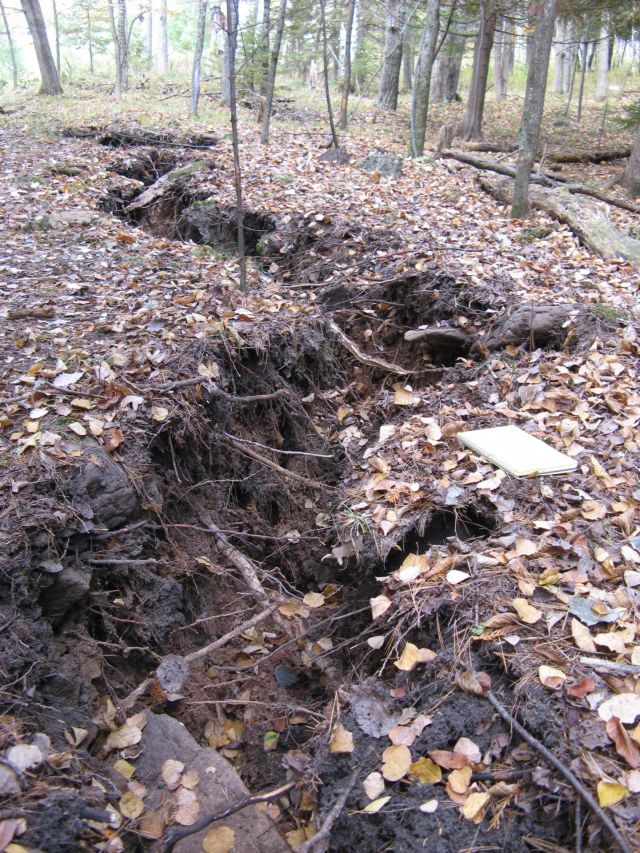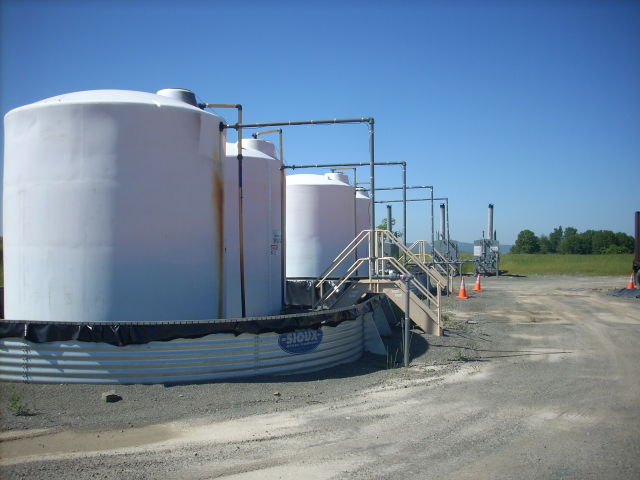Here’s a conversation starter that wouldn’t have gotten you very far 10 years ago: “Let’s talk about earthquakes in Oklahoma.” But the Sooner State has experienced an amazing boom in (mostly very minor) seismic activity over the last decade as a result of industrial wastewater disposal in deep injection wells.
Wastewater in many of the wells is altering fluid pressures in the old igneous and metamorphic basement beneath the state’s sedimentary bedrock. Those pressure changes have facilitated movement on small, ancient faults that would otherwise have stayed locked together.
Small earthquakes have started popping like popcorn in recent years.
Oklahoma has started trying to rein this in, acting before there are more potentially damaging earthquakes like the magnitude 5.6 quake in 2011 and a magnitude 5.1 event earlier this year. The effort includes a pair of new rules, enacted in the last few months, to cut back on the amount of wastewater being injected into these disposal wells. As The New York Times reported, a new rule announced Monday basically caps injections in a portion of the state including Oklahoma City to 60 percent of the volume from 2014, when over 1 million barrels of wastewater were being handled per day in this area. Last month, a similar cap was placed on injections in the northwestern part of the state.







